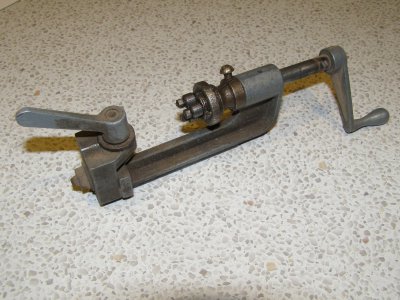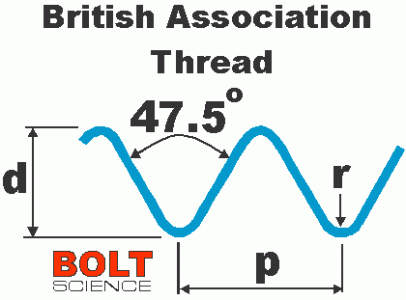- Joined
- Dec 2, 2012
- Messages
- 1,723
Hello, when i used to build wheels for push bikes we would ocasionaly need an odd size spoke that we either didn't have or wasn't made, we always used a thread rolling machine (hand held thing) to put a thread on a londer spoke we had cut down. It might be todo with the small diamitor vs high loading or that we were threading stainless steel, not sure which.
I don't remember using more than one die set for different diamitors. But their probably available in different pitches, they were 3 metal rollers with the thread pattern on, you migt be able to get the correct set and buy a bike shop mechanic a beer , the tools were quite comon , every bike shop I worked in had one.
, the tools were quite comon , every bike shop I worked in had one.
Stuart
Just had a google, the work end of the tool looked like this , http://simplybearings.co.uk/shop/pr...O0HFxVznNm7X1M2wHWPWDdT9IDalX2kehEaArbf8P8HAQ
I don't remember using more than one die set for different diamitors. But their probably available in different pitches, they were 3 metal rollers with the thread pattern on, you migt be able to get the correct set and buy a bike shop mechanic a beer
Stuart
Just had a google, the work end of the tool looked like this , http://simplybearings.co.uk/shop/pr...O0HFxVznNm7X1M2wHWPWDdT9IDalX2kehEaArbf8P8HAQ
Last edited:



